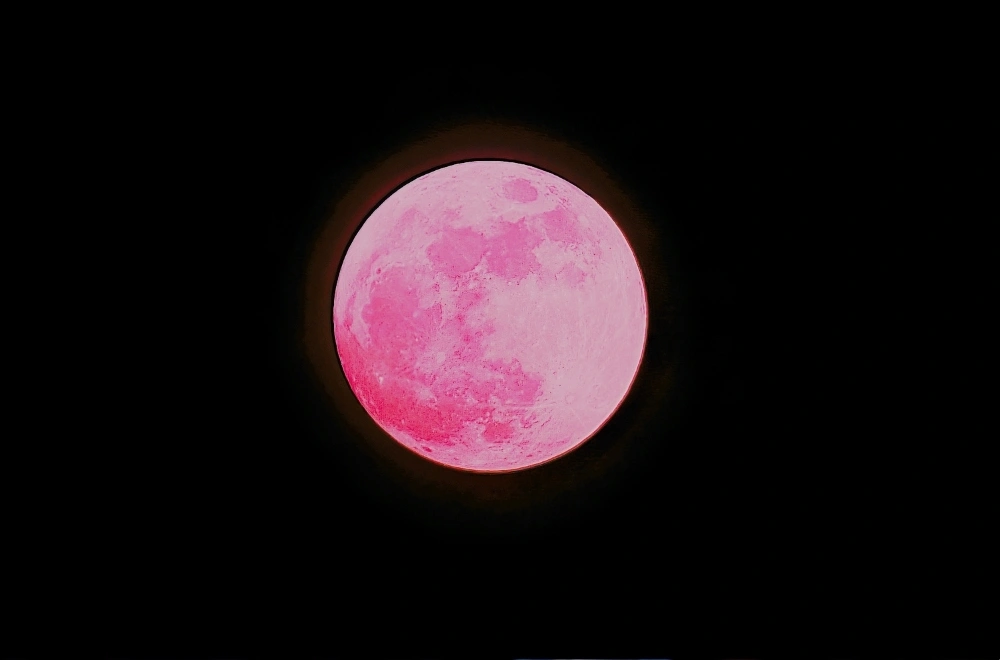ASHEVILLE, N.C. (WLOS) — Skywatchers are in for a rare celestial treat as the last full moon of spring 2025 will be a once-in-a-generation event. This Strawberry Moon will be the lowest full moon in nearly two decades, and this phenomenon won’t occur again until 2043.
June’s full moon, traditionally called the Strawberry Moon, gets its name from its timing with the strawberry harvest season. While the moon will reach peak illumination at 3:44 a.m. on June 11, the best viewing opportunity will be during moonrise at 8:42 p.m. on June 10.
Why Is This Strawberry Moon So Special?
The reason for this unusually low full moon is a major lunar standstill (lunistice), a rare event that happens only every 18.6 years. The last time this occurred was in 2006, meaning the next one won’t happen until 2043.
Unlike the sun, which follows a predictable path in the sky, the moon’s orbit around Earth is tilted. Over an 18.6-year cycle, the moon’s rising and setting points shift gradually along the horizon. A major lunar standstill marks the point when the moon reaches its northernmost and southernmost extremes, making it appear much lower in the sky than usual.
What to Expect During the Event
- Extremely Low Moon Position: The moon will appear closer to the horizon than usual, giving it a larger, more dramatic appearance.
- Possible Red or Orange Hue: Due to its low position, the moon may take on a reddish or orange tint, similar to a harvest moon.
- Best Viewing Conditions: To see this phenomenon clearly, find a location with an unobstructed view of the southeast horizon. Tall buildings, trees, or mountains could block the view.
No Special Equipment Needed
Unlike solar eclipses or meteor showers, this event requires no telescopes or binoculars—just a clear sky and a good vantage point. However, photographers may want to capture the moon’s unique color and position.
A Slow-Moving Celestial Phenomenon
A major lunar standstill is not a single-day event but a slow-moving cycle that lasts about two years. While the moon will reach its lowest point in 2025, its path will gradually shift afterward, not returning to this extreme position again until 2043.
Don’t Miss This Rare Sight
With such a long wait before the next occurrence, this Strawberry Moon is a must-see for astronomy enthusiasts and casual skywatchers alike. Mark your calendars for June 10-11, 2025, and prepare for a breathtaking lunar display!
Did you witness the last major lunar standstill in 2006? Share your memories with us!
